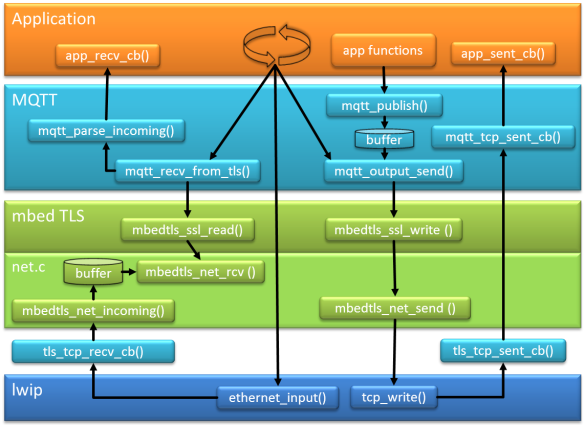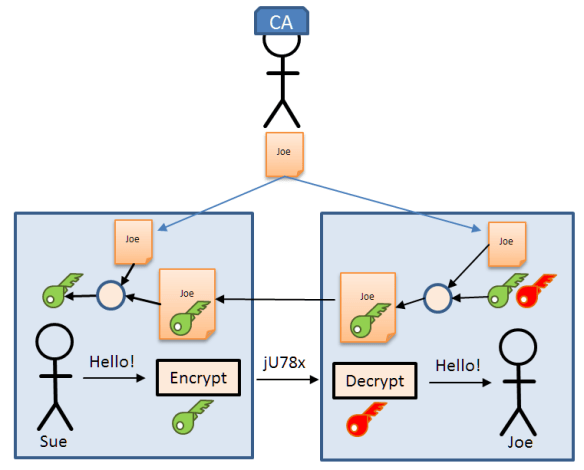One of the most important aspects of the ‘IoT’ world is having a secure communication. Running MQTT on lwip (see “MQTT with lwip and NXP FRDM-K64F Board“) is no exception. Despite of the popularity of MQTT and lwip, I have not been able to find an example using a secure TLS connection over raw/native lwip TCP :-(. Could it be that such an example exists, and I have not found it? Or that someone implemented it, but has not published it? Only what I have found on the internet are many others asking for the same kind of thing “running MQTT on lwip with TLS”, but there was no answer? So I have to answer my question, which seems to be a good thing anyway: I can learn new things the hard way :-).
Tag Archives: cryptography
Introduction to Security and TLS (Transport Layer Security)
IoT (Internet of Things) is all about connecting to the internet. And even more it is about security. Without security and without encrypted communication, everyone possibly can see what I send or receive. And this is especially bad if passwords or user names are sent in an unencrypted way. So encryption and secure communication is key. The solution to that is to use a connection which uses the TLS (Transport Layer Security) protocol.
I want to use TLS for my MQTT communication (see “MQTT with lwip and NXP FRDM-K64F Board“). I’m still learning MQTT, and I’m even more learning about the fundamentals of security and security protocols. So this article is about what I have learned recently, and what I can use to make my data communication secure: Network stack architecture, symmetric and asymmetric encryption and certificates.


